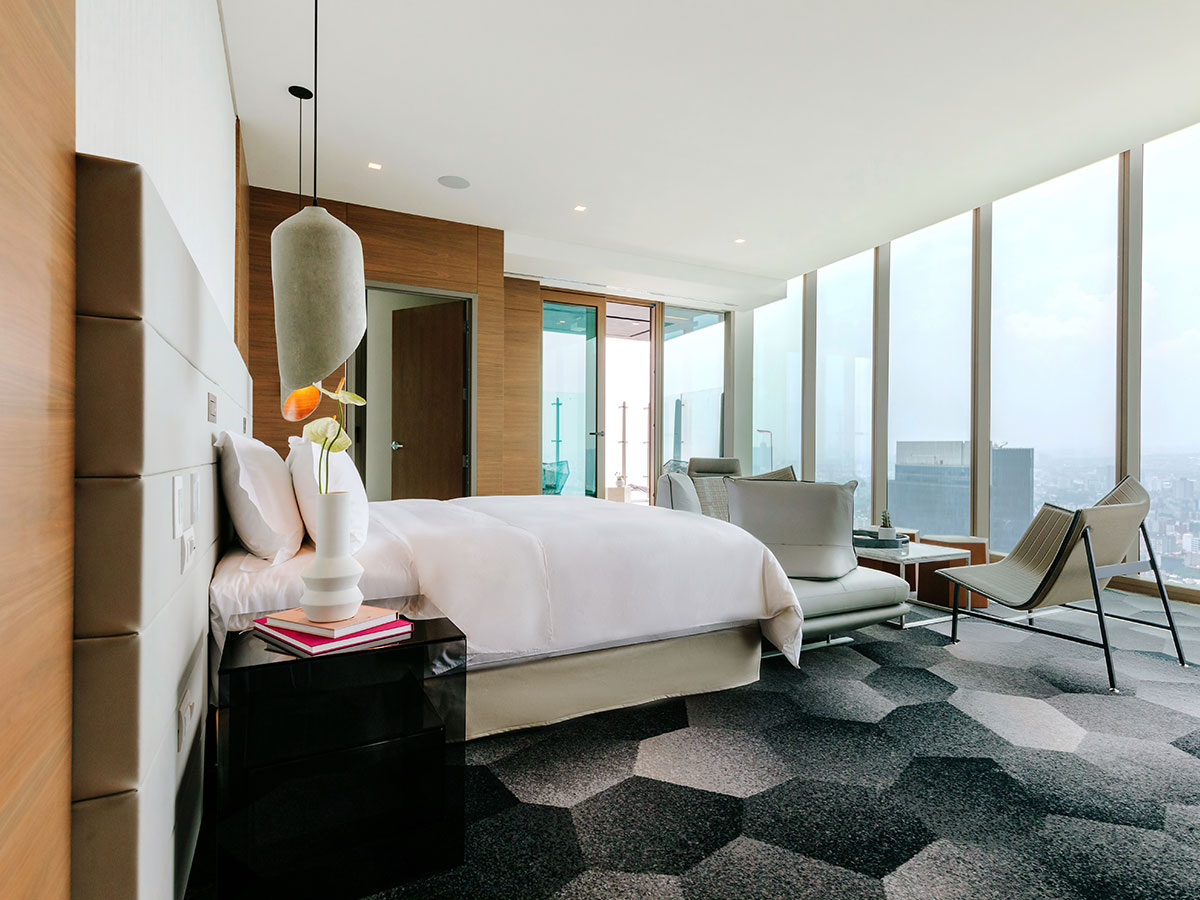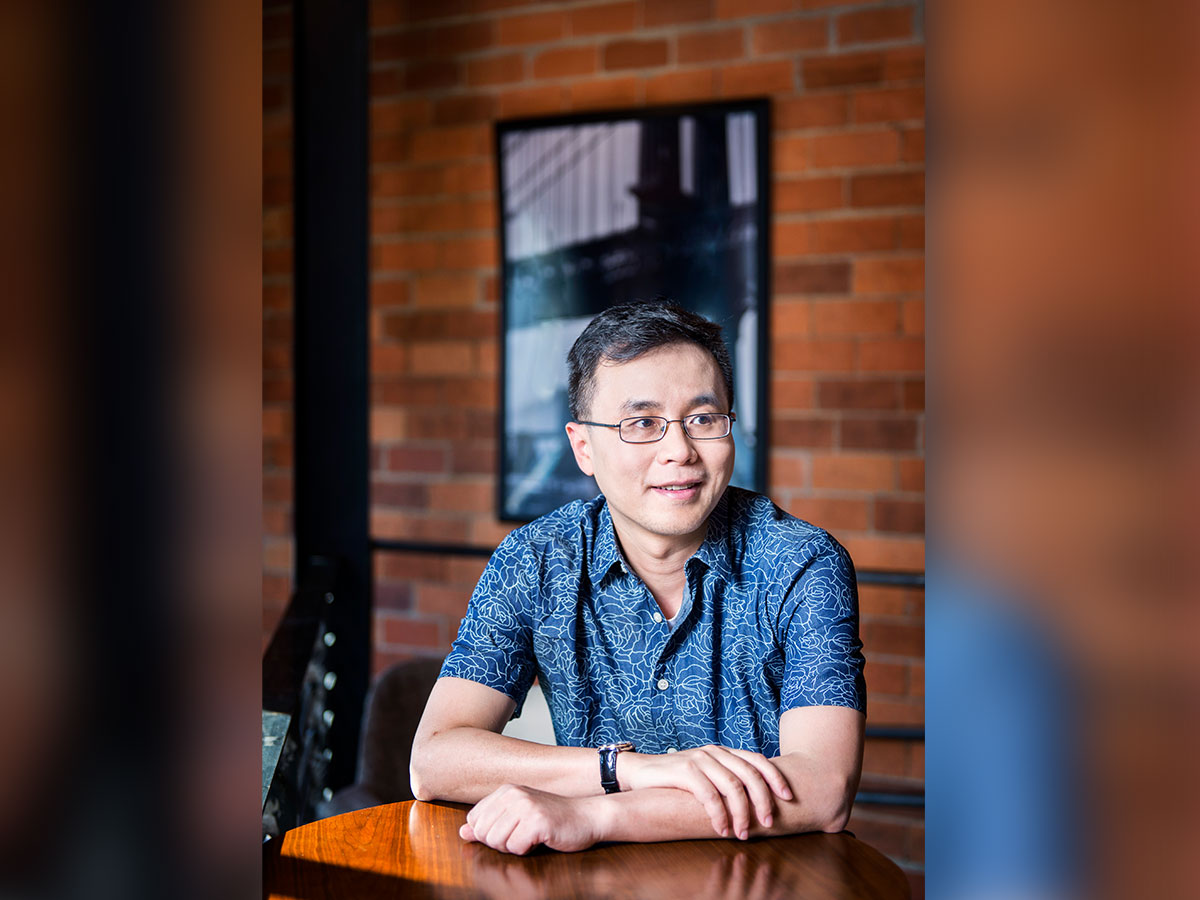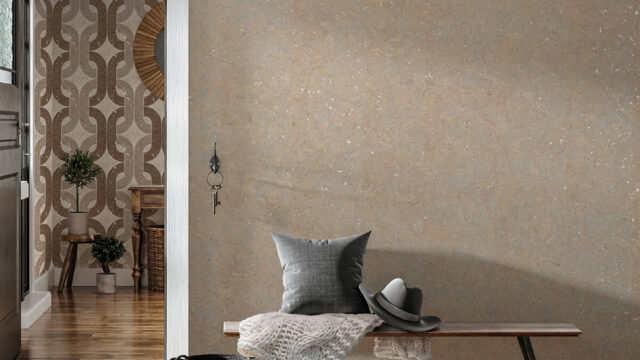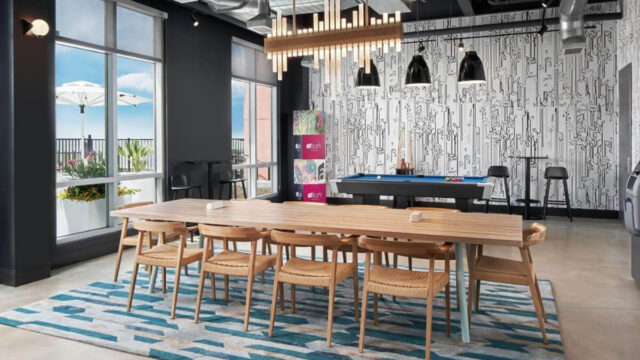Inspiration is essential for an excellent design. Liang Chen, project director, Wilson Associates, walks InspireDesign through the inspiration process, including the “muse textile,” a fabric or piece of artwork that ties to the project’s narrative and sets the tone for the color palette.
When designing, what are your biggest sources of inspiration?
When starting the design process for any project, the team begins brainstorming a few keywords that will serve as the major theme. These keywords help create a rich story to help draw inspiration. For me, I think designing is a lot like directing movies. Once we come up with our keywords, we then build our design story. We ensure that the story is vibrant and everyone is fascinated by the unique narrative. From there, we create a storyboard, ensuring that our story and design becomes less abstract and much more detailed.
For the Sofitel Mexico City, we used keywords such as telescope, shadow, lights, 24 seasons and constellations to create our narrative. These keywords served as the major themes for each zone of the hotel. From here, we built the story. These words of inspiration come to life throughout the project specifically within the design of the lobby and staircase.

Tell me about your “muse textile.” How do you choose it?
When choosing the “muse textile,” we like to use the surrounding culture for inspiration. It may come from regional artists or architects.
For Sofitel Mexico City, we made sure to use a rich combination of both the French and Mexican cultures. We highlighted the vibrant Mexican culture within a chic, French context. Sofitel Mexico City showcases interiors inspired by two iconic architects from the 20th Century: Swiss-born French architect Le Corbusier and Mexican architect Luis Barragan. Representing the unique aesthetic of these two masters, Sofitel Mexico City embodies characteristics of the Modernist Movement through rich color palettes, spatial design and art curation.
The textile was layered with three or four layers of weaving. The background of the textile ties to the French culture of elegance and artistic styles with its subtle background. But in order to incorporate the Mexican culture, we added more colors to tie to the beauty and local flare. Because of the focus on lighting and shadows, we added more sharp, raised, geometric patterns—a foundation of the Mexican culture.

How does that then relate to the overall design of the project? Walk me through the steps of the process.
Like mentioned above about comparing the design process to a movie, for this project we started to reference notable films from both French and Mexican cultures. Specifically, we focused on The Shape of Water movie poster. We drew inspiration from its rich colors of dark blues and greens, while specifically drawing our attention to the lighting. With this unusual lighting in mind, we drew inspiration for the corridor.
For the guestrooms, we perfectly tied together the two cultures. Guestrooms are dressed in serene and cool hues with playful touches of pink and blue, and complemented by contrasting materials that include textured walls, wood paneling and marble finishes. These design ideas are very French influenced with cream monochromatic colors. The Mexican culture is reflected through the furniture with its addition of bright, vibrant colors.
Are there any recent projects you’ve worked on that highlight this process really well that you can share?
Yes, a project we are currently working on is a senior-living luxury hotel. Our goal is to create a hospitality environment making it a vibrant space with a sense of community.
Again we used the same storyboard, except here we used the metaphor of a bird’s nest. The bird’s nest symbolizes the time when parents begin to form a family and raise their children. Now within this new community, the guests have left behind their old nests and are now creating a new bird’s nest to start a ‘new family’ as well as a fresh new design.
Are there any textile manufacturers that have become “go-to” for you? Why?
Some of our current go-to vendors for hospitality textiles are Phillip Jeffries, Designtex, Maharam, Brentano, Pollack and Sabira Collection.
What are some of the biggest trends you’re seeing in textiles these days? Any you could do without?
Today we are seeing an increase in the usage in antimicrobial textiles due to its viral-resistant properties—making it easy to clean during and after the current pandemic environment. In regard to color, there has been an increase in popularity of monochromatic colors like nudes, blacks, whites and gray as well as a surge in interesting textures. Leather is making a comeback as well as a texture that recreates the touch of your skin. Many designers choose this texture trend because of the comfortability; it is a feeling people can relate to.
Another growing trend is artistic ink brush textures. It mimics the look of loose brush strokes, but is more playful. Additionally, we are seeing this look in a strong monochrome pattern. The only time we are seeing more bold patterns with more color are for decorative accents like pillows and wallcoverings. Textiles today are more simple and brighter and less saturated.




